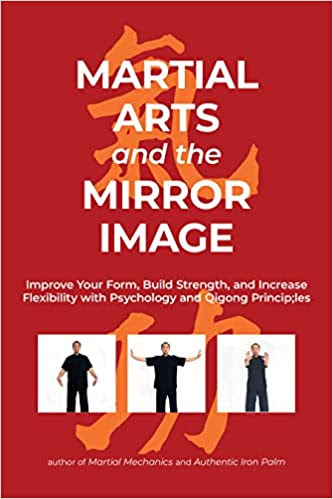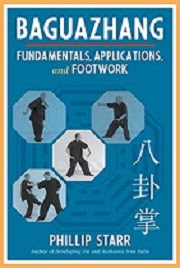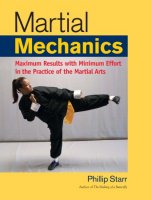by Phillip Starr
Now, we've all been taught, since day one, that martial arts are to be used only for defense; never to bully others or attack, etc., etc....right? Because of this teaching, many people assume that they must only act DEFENSIVELY and never become the aggressor. And that attitude and thinking is all wrong; it can get you killed.
At some point in the conflict, you must go on the OFFENSE. You can't keep retreating and blocking until the bad guy gets tired, right? Sooner or later (probably sooner), he'll land his attack and it's all downhill from there. The Marines learned this lesson well in VietNam. Intially, they would hunker down and return fire when they were ambushed. They fought from a fixed position and the enemy had time to figure out how to break through. After enough bad experiences, the Marines learned that the most effective response to an ambush was to ATTACK THE ATTACK! And it worked well.
It is the same with one-on-one conflicts; you must have an ATTACK mindset. ATTACK the aggressor as quickly as possible and overwhelm him.
Now, almost all martial forms assume a “defensive” posture, with the majority of the weight on the rear foot, when facing a hostile foe. This may appear in the forms, and it almost always shows up in fighting drills (such as 1-step and 3-step fight), and especially in sparring – when you square off with your practice partner, is your weight mainly on the front or rear foot? How are your hands placed? And most importantly, where is your mind and heart (intention) placed?
If your weight is mostly on your rear foot, you're physically (and mentally) taking a defensive posture. To strike the enemy, you have to shift your weight way forward and he's bound to see that. You're setting yourself up for failure.
Are your hands held in close? Do you keep them near your face? If so, you're in a very defensive position and signaling that you're afraid of getting hit in the face. Your mind (or a good part of it) is withdrawn and fearful. You need to extend your hands towards the enemy a bit. Bring your guns up where you can use them! Like a military situation, don't place all of your troops around the command bunker to defend it; set them out on the perimeter to intercept the enemy's attack!
And most importantly, where is your mind and intention? If your weight is back or your hands are withdrawn, they're clearly withdrawn – concerned with defense. You must extend all of your mind, all of your intention, towards the enemy. You must be willing to ATTACK THE ATTACK! Otherwise, you're just a moving target. Toast.
It is the Japanese martial arts that provide us with the most profound examples of this concept. For instance, you'll never see combatants in kendo playing a defensive game. The same is true of karate as well as numerous other disciplines. This is an important principle that should be applied to all martial arts.






.jpg)
















No comments:
Post a Comment